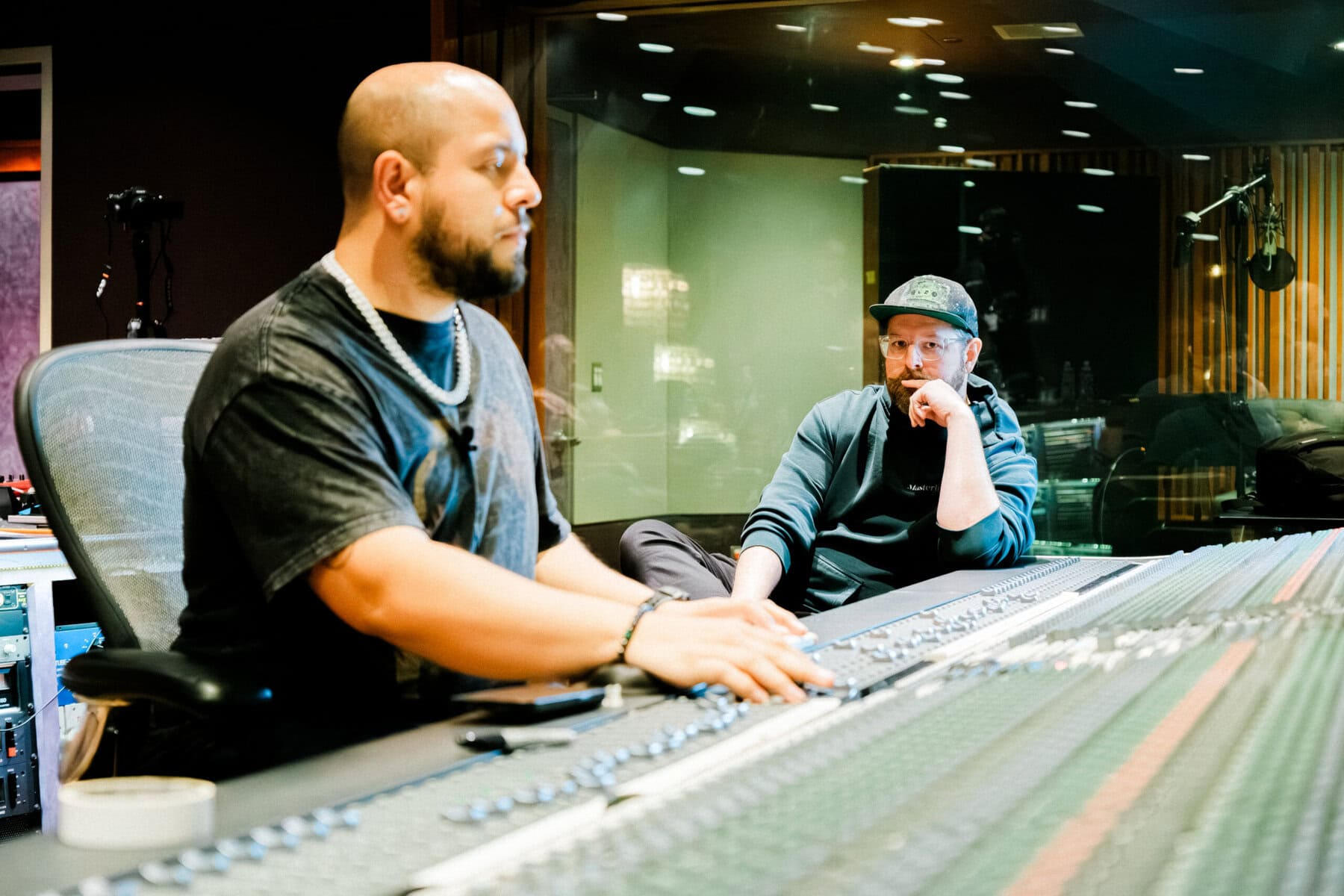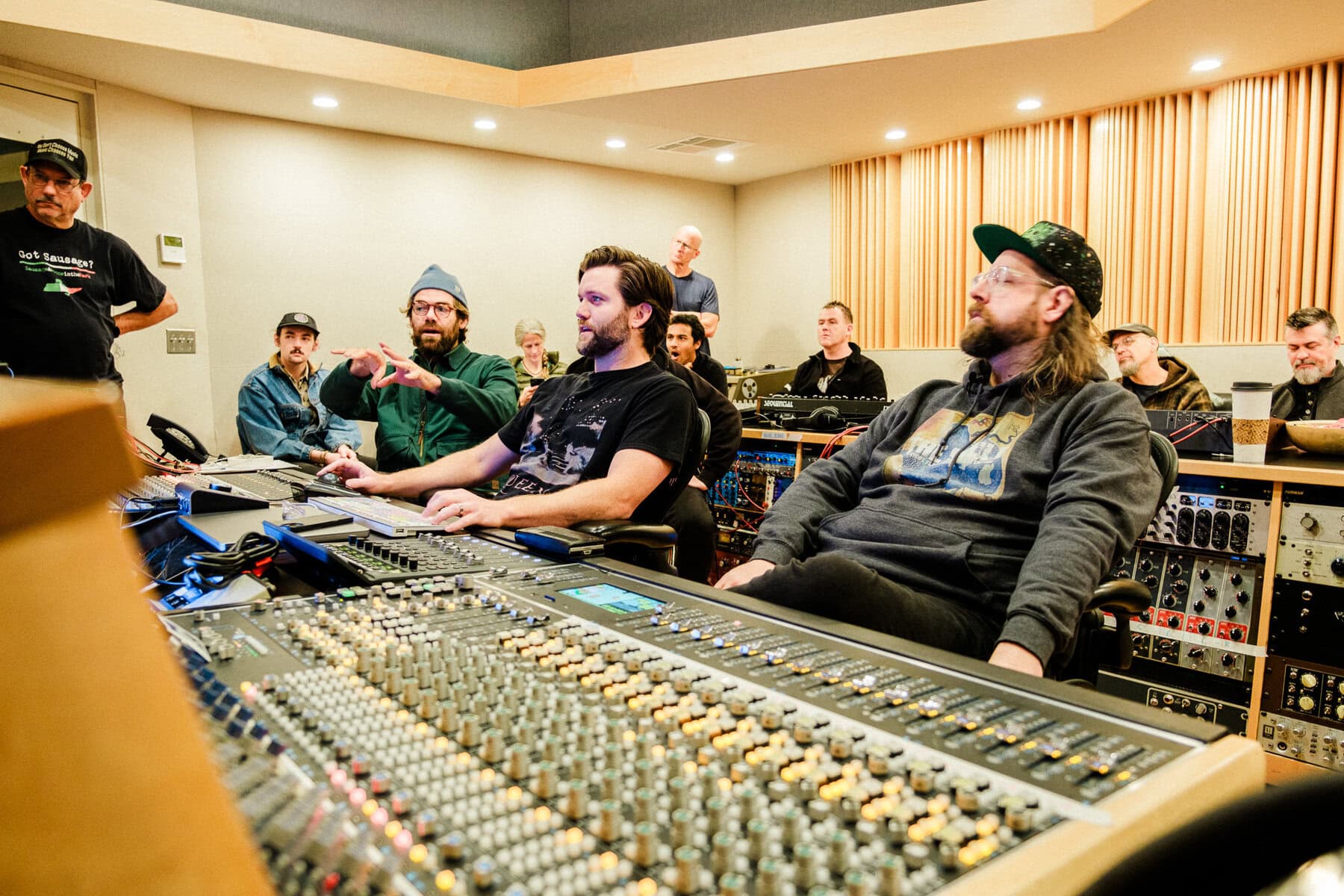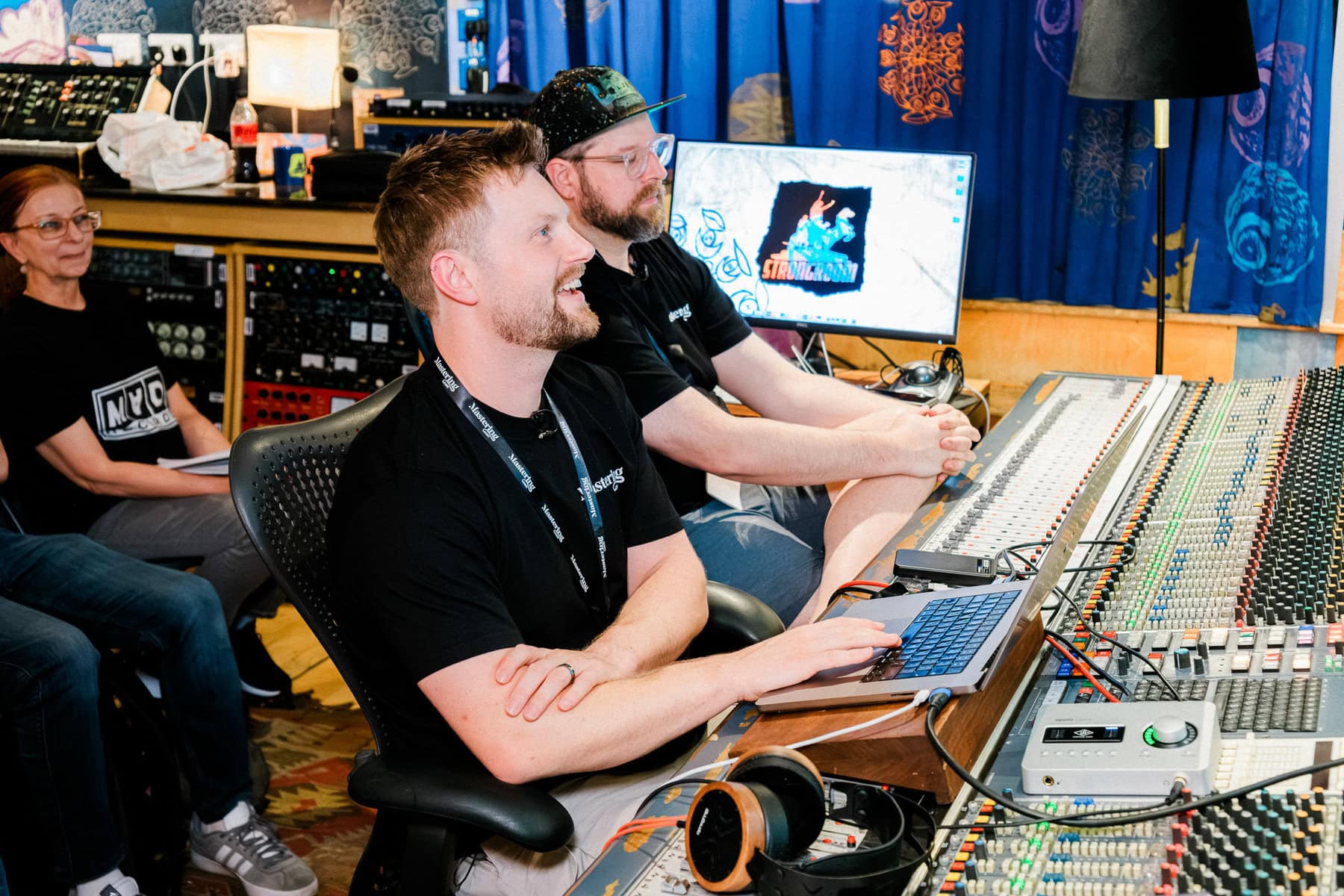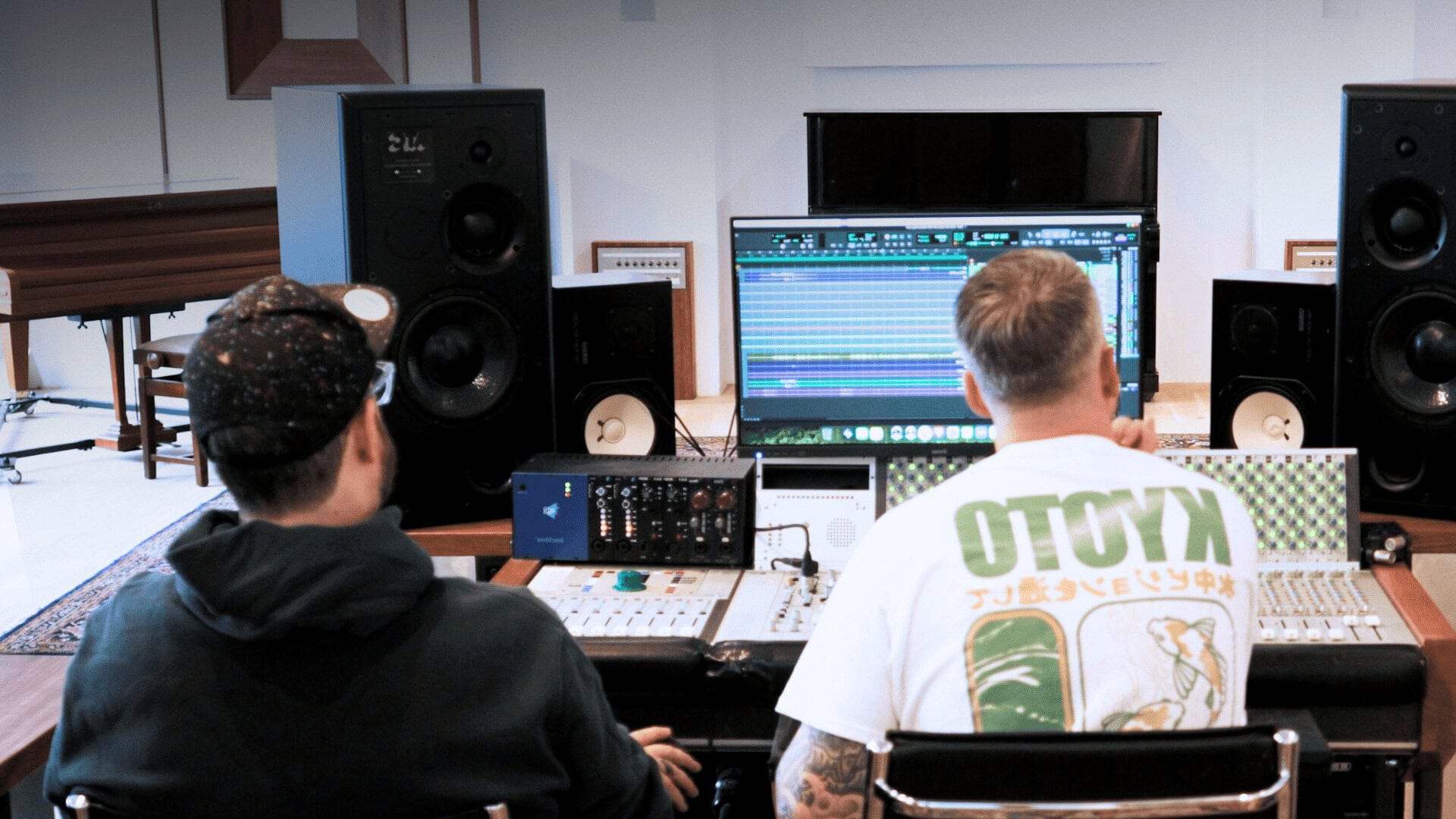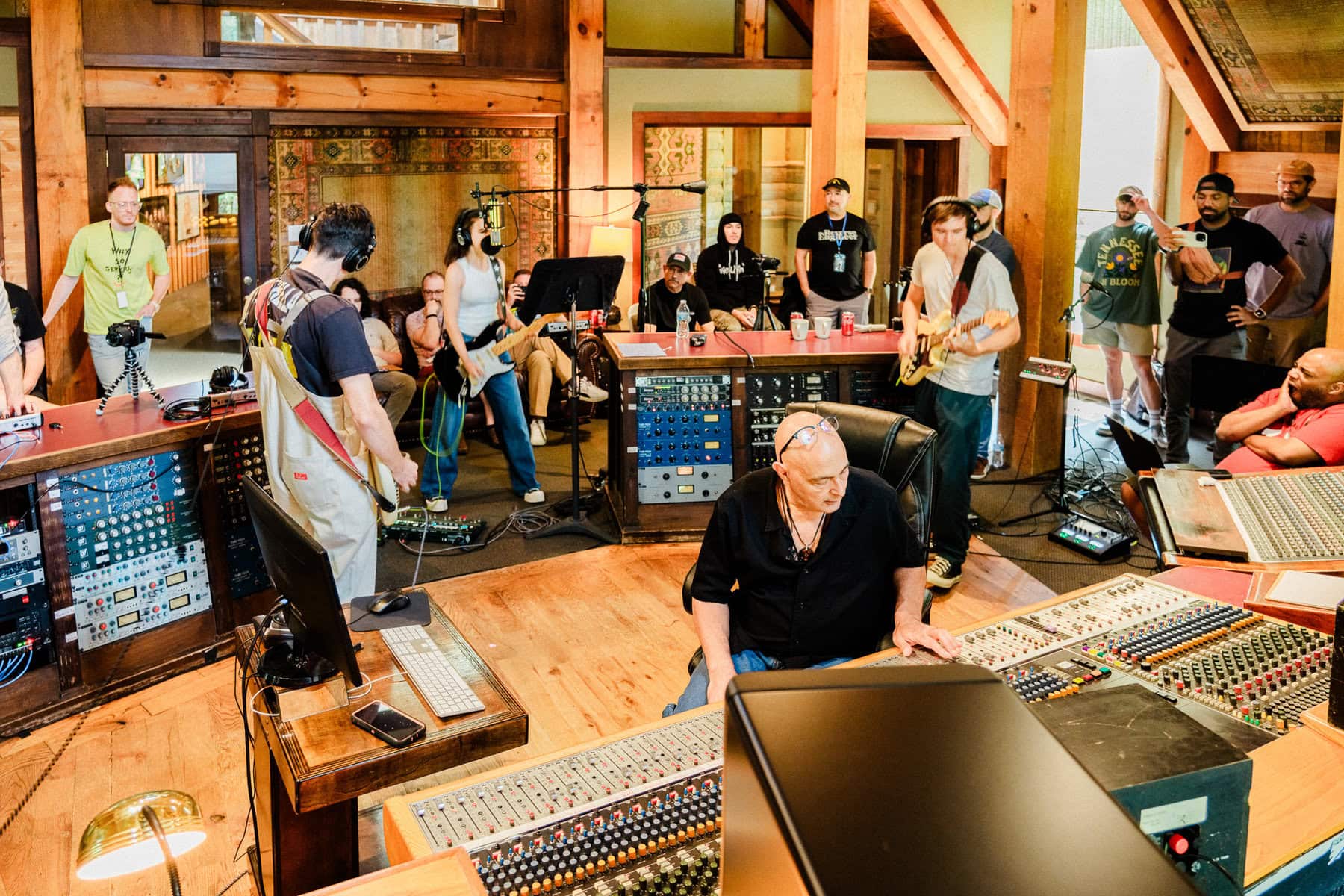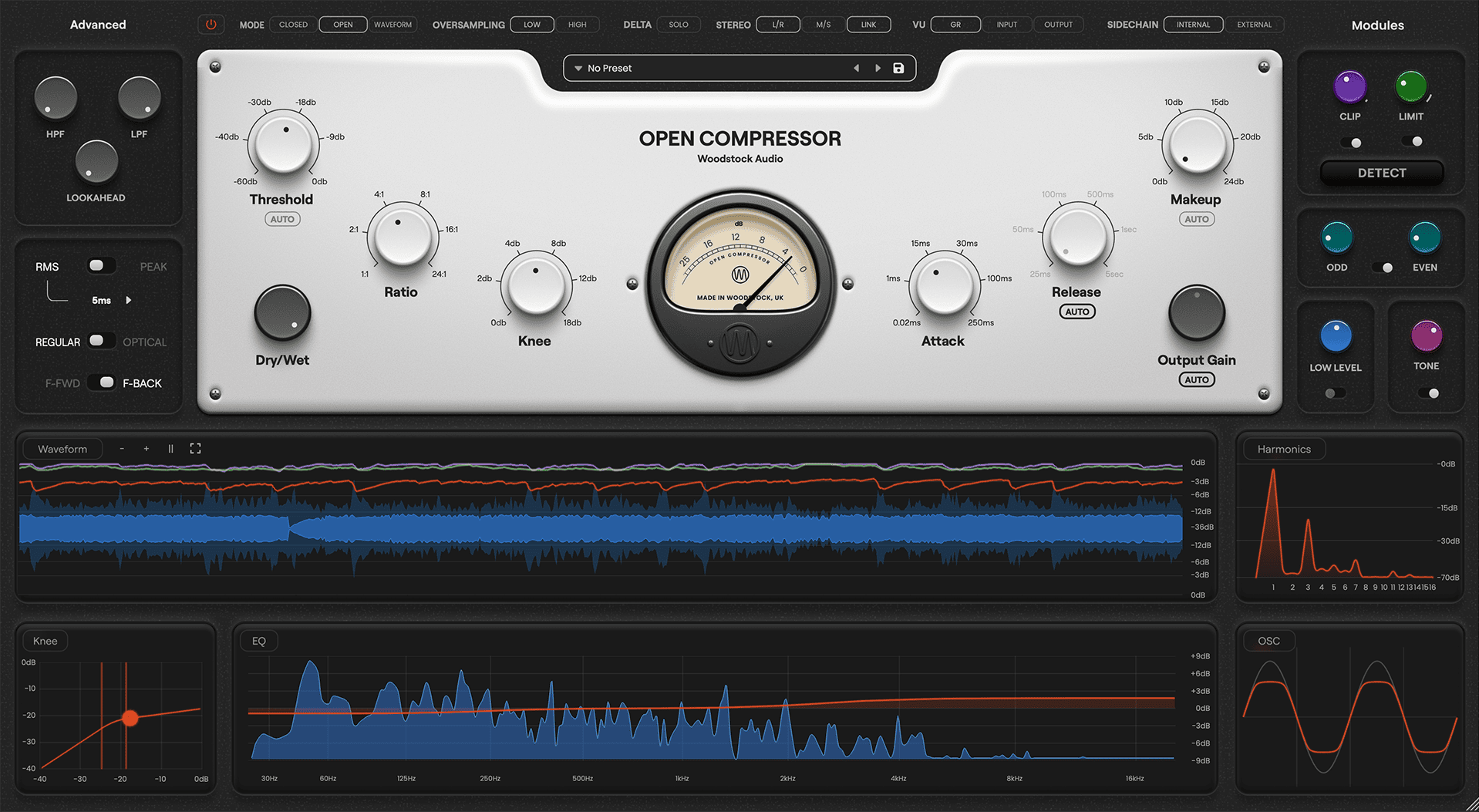Need realistic reverb for your mixes? Convolution reverb may be the trick.
Today you’ll learn what convolution reverb is and when you should use it.
But if you want to learn about Convolution Reverb specifically, keep reading.
What Is Convolution Reverb?
Convolution reverb adds the reverb characteristics of real spaces to your recordings. This can create a very realistic-sounding room reverb.
We’ll cover the nitty-gritty of how it works later. But for now, let’s look at some of the ways you can use convolution reverb.
Creative Uses of Convolution Reverb
There are tons of ways to use convolution reverb.
Sound Design
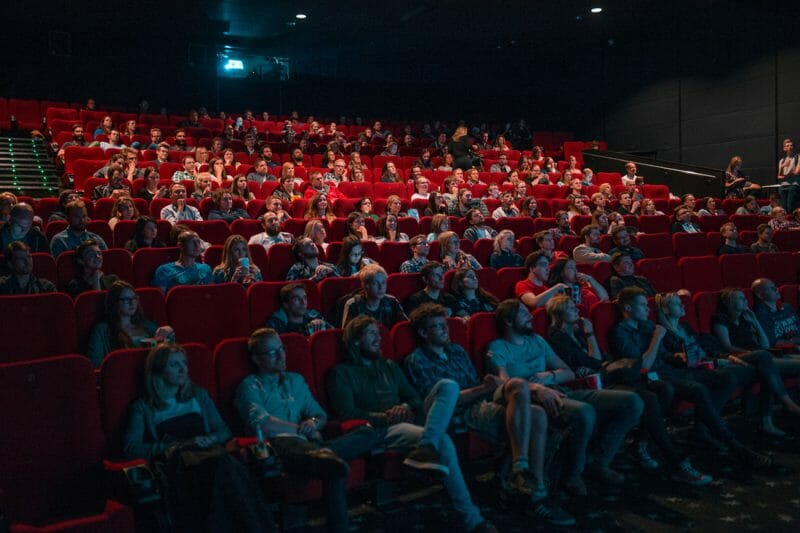
Perhaps the most powerful use of convolution reverb is in sound design.
Sound designers painstakingly create sound effects. These can be for your favorite films, games, or TV shows.
Sound designers tend to be very meticulous with their work. If a scene takes place in a Boeing 747, they probably want to record the dialog in an actual 747.
As you can imagine, this gets pricey. That’s where convolution comes in.
A sound designer could use a convolution reverb plugin to make anything sound like it was recorded inside of any space they want.
Room Reverb

Convolution can be terrific for room reverb.
By emulating a real space, it can create extremely realistic sounding rooms for your mix to live in.
I personally find convolution reverb useful when I want a really small room sound or a super open one.
Hardware Emulation
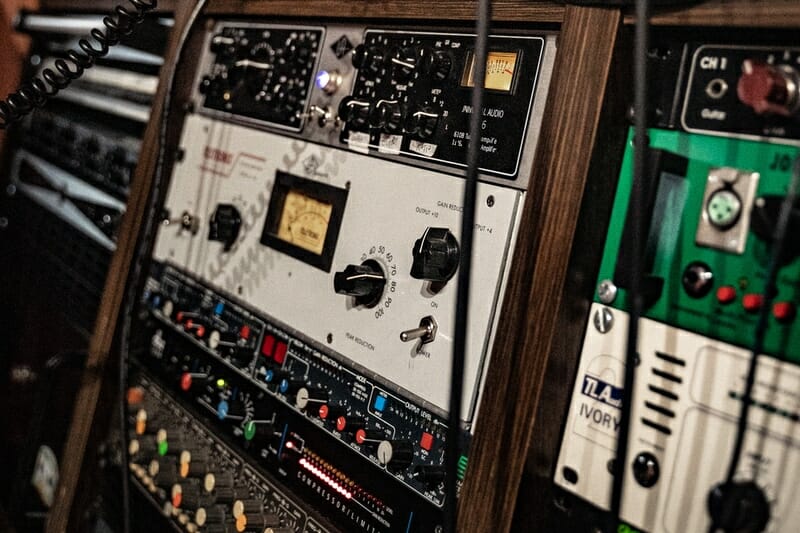
Convolution isn’t just for rooms and cathedrals. You can use it to replicate audio gear.
It’s the same idea as convolution reverb.
You’re still recording reverb characteristics like frequency response and saturation profiles. But instead of recording a physical space, it’s hardware.
This is why some convolution reverb plugins have presets. Whether for different speakers, headphones, or even mixing consoles.
If you’re using impulse responses for guitar cabs, you may want a dedicated plugin like Pulse.
Does your reverb plugin already have hardware impulse responses? You might as well check them out!
Strange Effects
Huh? How can a realistic reverb create weird sounds?
It all depends on what space is being recreated.
If you’re making your guitar sound like it’s being played in a church, that’ll sound pretty normal. But what if you ran your guitar through a small metal tube?
Convolution reverbs can recreate all kinds of physical spaces. If you can fit a microphone in it, convolution reverb can imitate it.
How Does It Work?

The tech behind convolution reverb is complex, but the idea is super simple.
Imagine you’ve recorded yourself yelling from the top of a huge canyon.
First, you’ll hear your own voice. Shortly after, you’ll hear your voice echo back as it reverberates off the canyon’s walls.
What if you subtracted the sound of your voice? You’d have a recording of how the reverb sounds.
This is how convolution works.
First, you need a recording that covers all the frequencies humans can hear: 20 Hz to 20 kHz.
The most popular sound is a sine sweep. Here’s an example, but you may want to turn your volume down if you’re wearing headphones.
It starts at 20 Hz, rises to 20 kHz, and ends after dipping back below our hearing threshold.
Play this sine sweep in the space you want to record an impulse response of. Using at least one pair of stereo microphones, record the sine sweep as it’s played in the room.
Both the original sine sweep and the recording taken in the room are run through a deconvolver. This subtracts the sound of the sine sweep from the recording, leaving you with the room’s reverb sound.
Microphones and speakers that have flat frequency responses make the best impulse responses.
Slight dips and bumps in the frequency spectrum can be desirable from mics and speakers. But in this case, you want to record the sound of the room as accurately as possible.
Why Bother Using Other Types of Reverbs?

You may be wondering if it’s even worth using other kinds of reverb.
Why turn to plate, spring, or algorithmic reverbs? Convolution imitates how places actually sound…
Convolution reverb is often the most realistic. But it isn’t always the most musical.
Plate reverb doesn’t sound super realistic.
But it’s still very useful in mixes for the way it shapes the tone. It adds brightness, helping instruments shine.
The same goes for every other form of reverb. They all bring a distinct flavor to your songs.
Convolution Reverb Plugins
Here are some of the best convolution reverb plugins on the market.
These plugins are listed from cheapest to the most expensive. All of them are high quality.
Your Stock Reverb

Chances are, your DAW already has a convolution reverb plugin.
Before you rush out and buy an expensive plugin, check out the reverb plugin(s) that came with your DAW.
Stock reverbs are often really high quality. So if you want to make professional music from your home studio, that may be all you need.
MeldaProduction MConvolutionEZ – Free
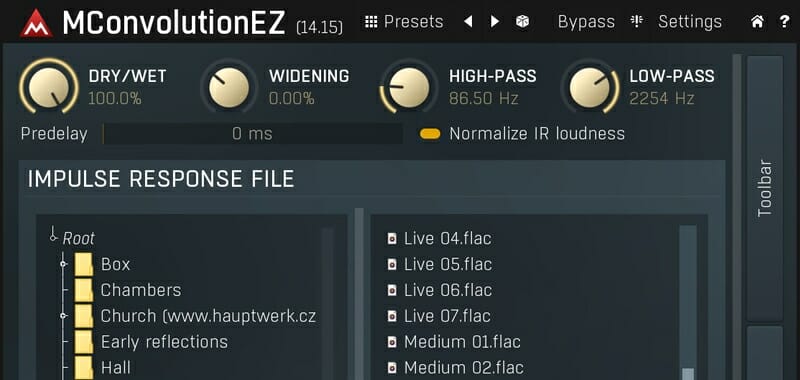
If your DAW doesn’t have a convolution reverb, check out Melda’s MConvolutionEZ.
It’s a free convolution reverb. And it has everything you need to start making beautiful, realistic reverb sounds.
You can even import new impulse responses. So if you have third party IRs or record your own, you can use them with MConvolutionEZ.
Liquidsonics Reverberate 3 – $99
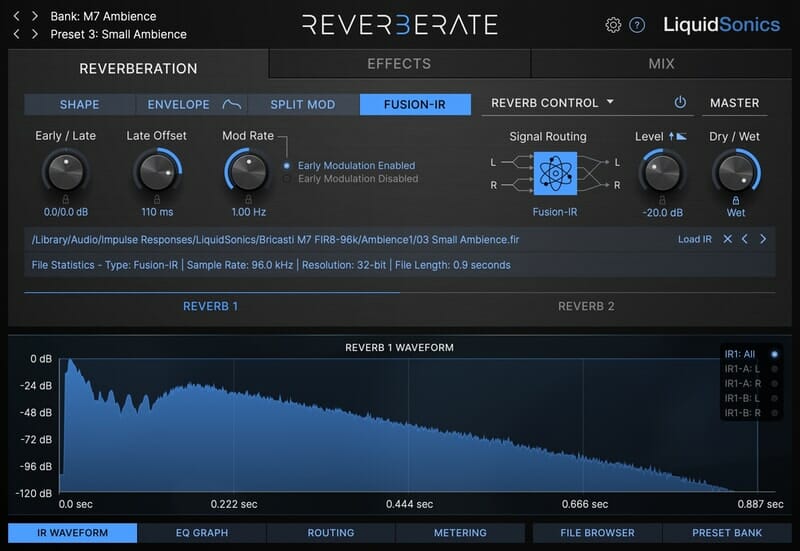
Reverberate is unique even among convolution reverbs.
Reverberate uses two impulse responses for each preset. One for early reflections and one for late.
This allows you to cleanly mix between the two.
Shortening and elongating reverb tails in most convolution plugins can make them sound less realistic.
But Reverberate uses two impulse responses. This makes it easier to change the reverb’s timing without ruining the tone.
Their Lustrous Plates plugin is also worth checking out. It feeds algorithmic reverbs through convolution impulses.
The result is wonderfully musical.
Audio Ease Altiverb – About $605 – $1245
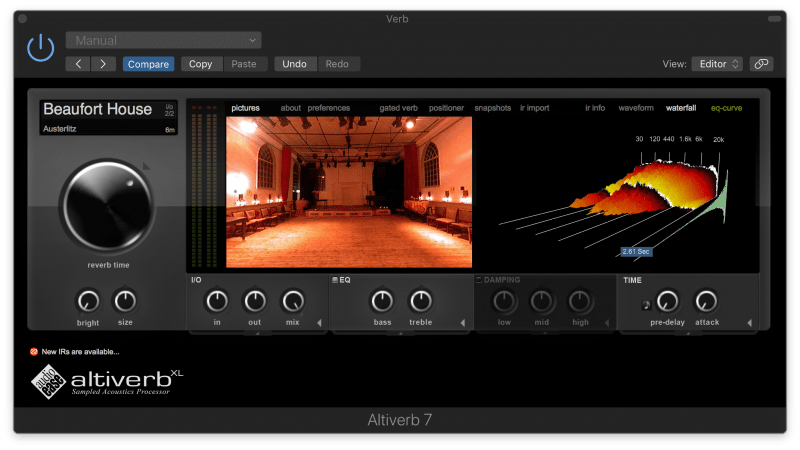
If you’re a sound designer, you may want to invest in Altiverb.
It’s not cheap. At over $600, it’s not something you just buy on a whim.
But Altiverb is extremely high quality and offers tons of unique impulse responses.
For example, they have impulse responses for many famous places. Like Alcatraz prison, the Great Pyramid of Giza, and Wembley Stadium.
From the common to the novel, Altiverb has reverb settings for just about every type of room you can imagine.
If you expect to be working on big budget films, TV shows, or AAA video games, Altiverb is worth the price.
Conclusion
Whether you’re working on a film or mixing a song, convolution reverb can be a huge help.
So the next time you need a realistic-sounding reverb plugin, load up a convolution reverb.


